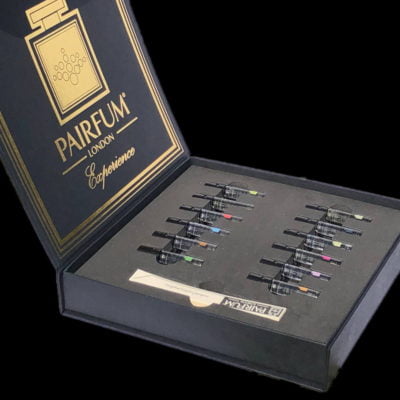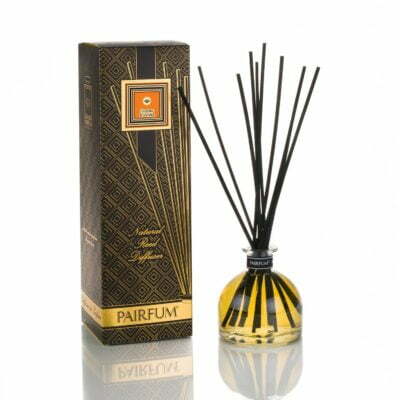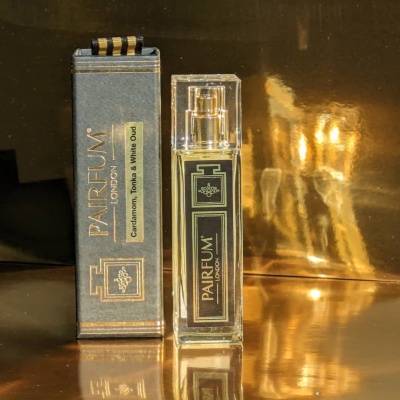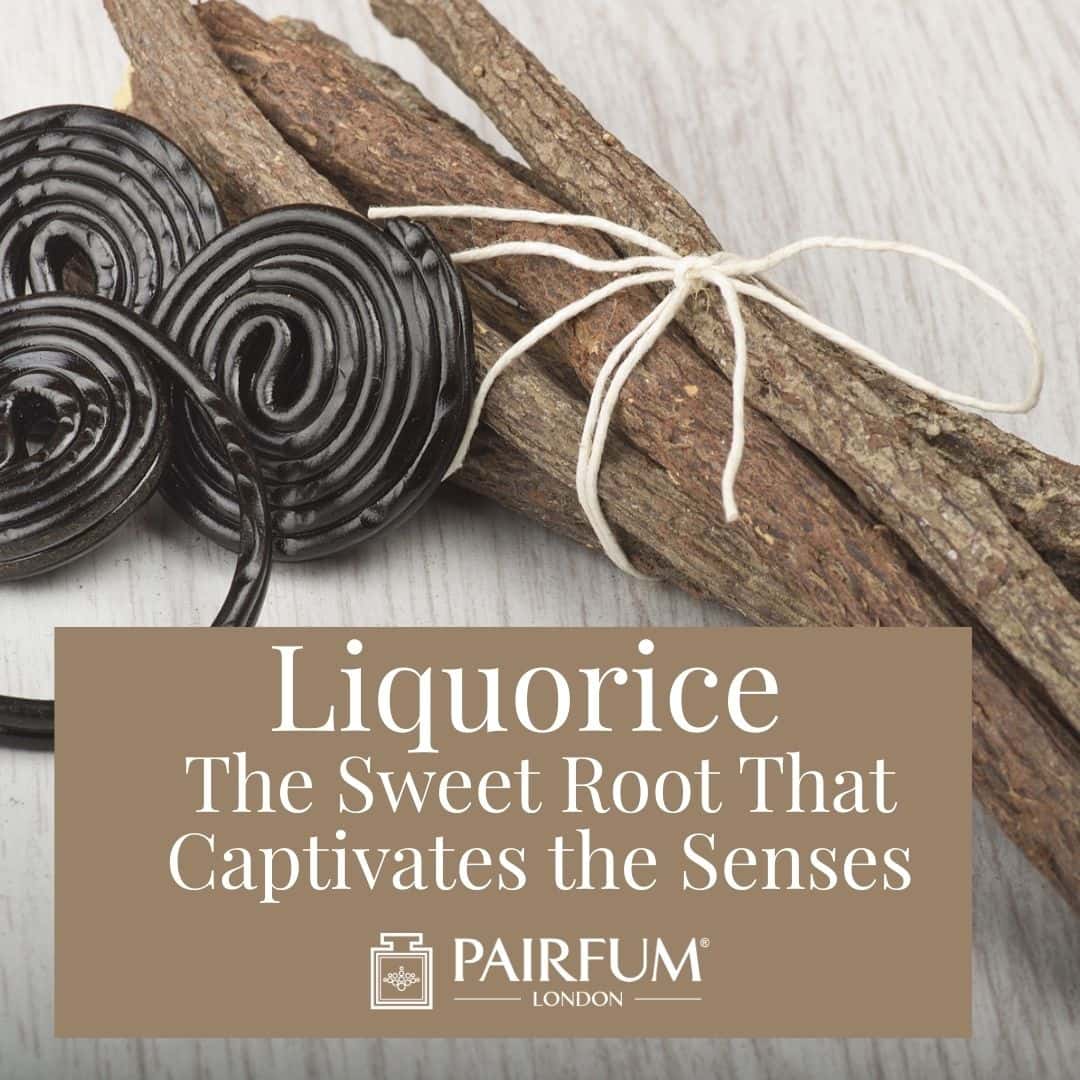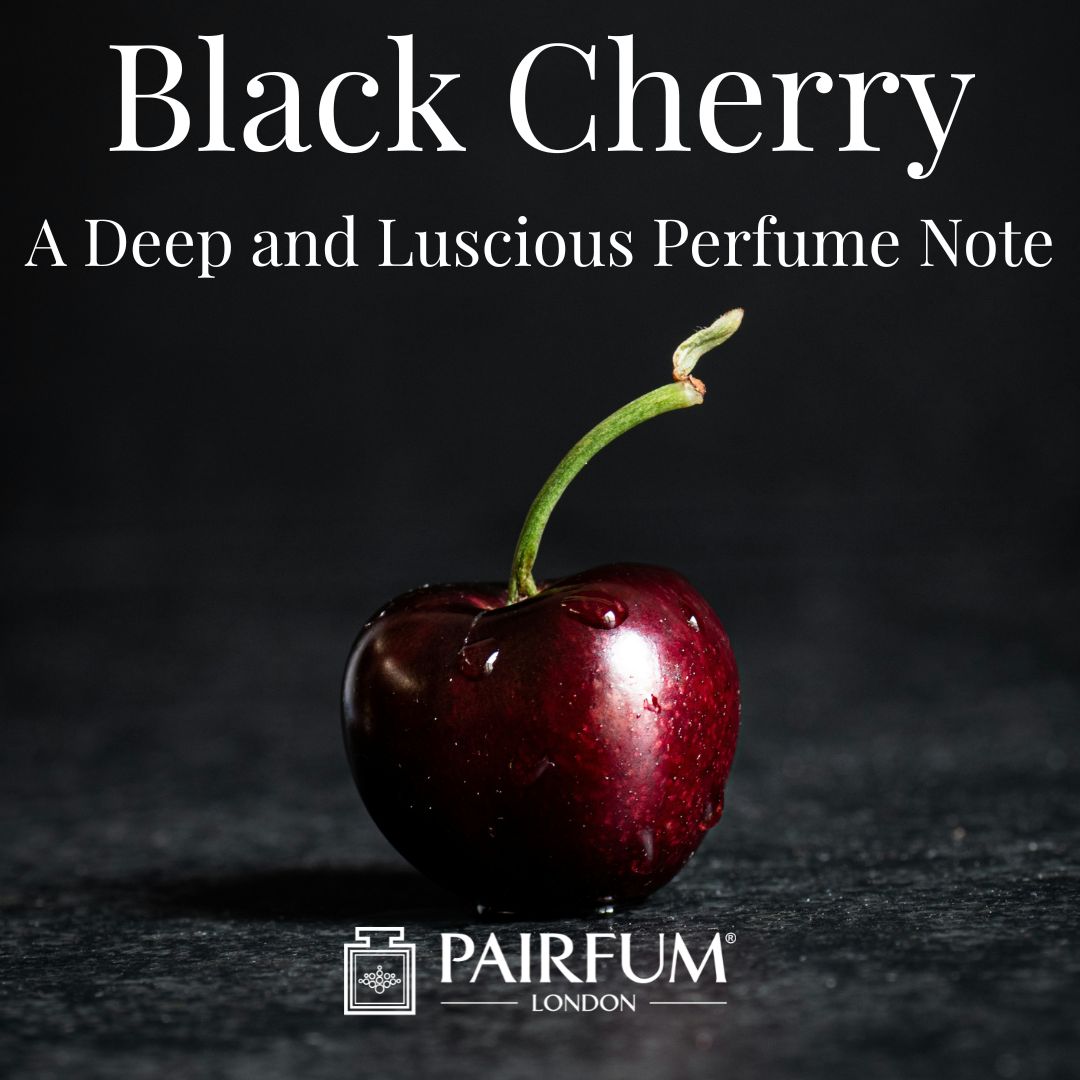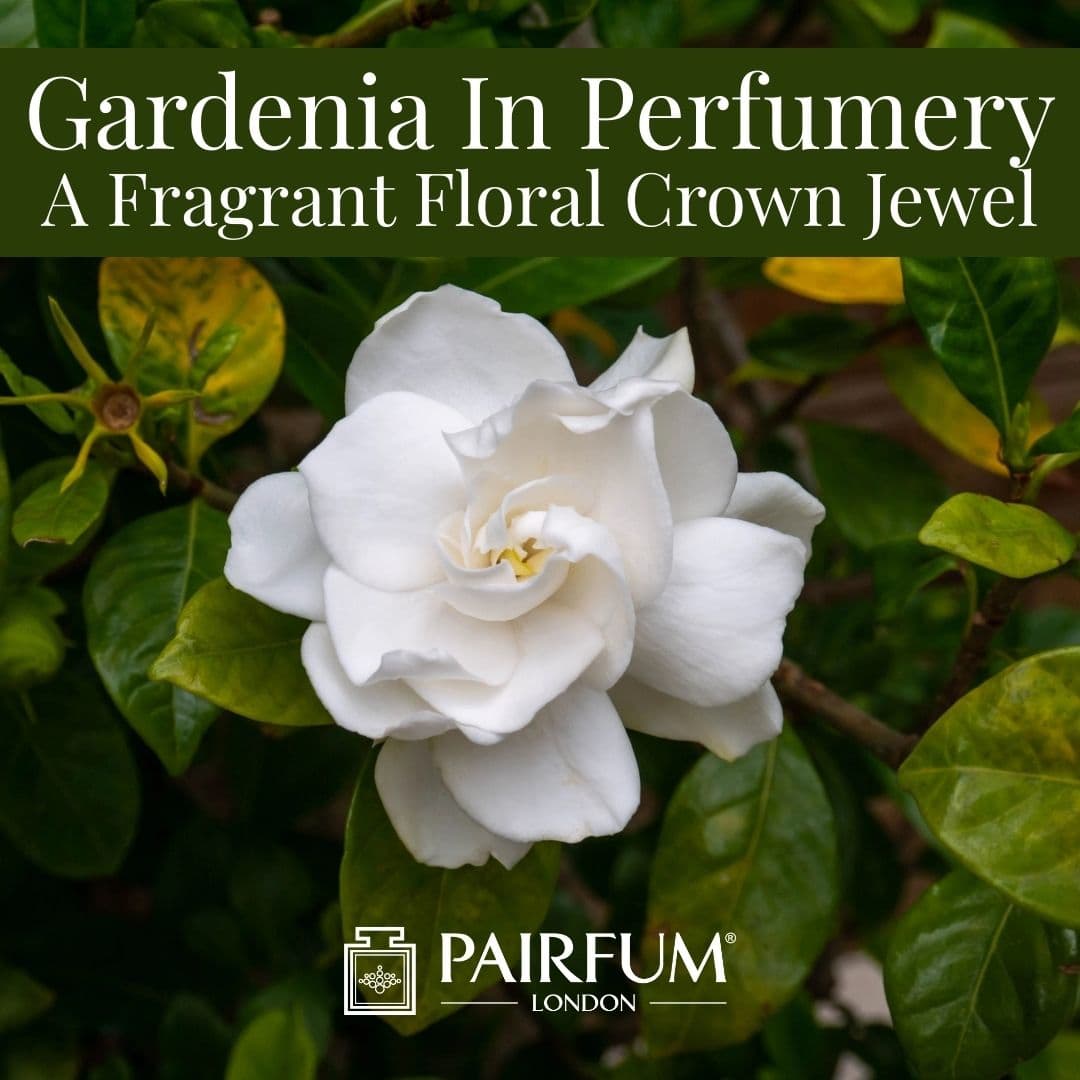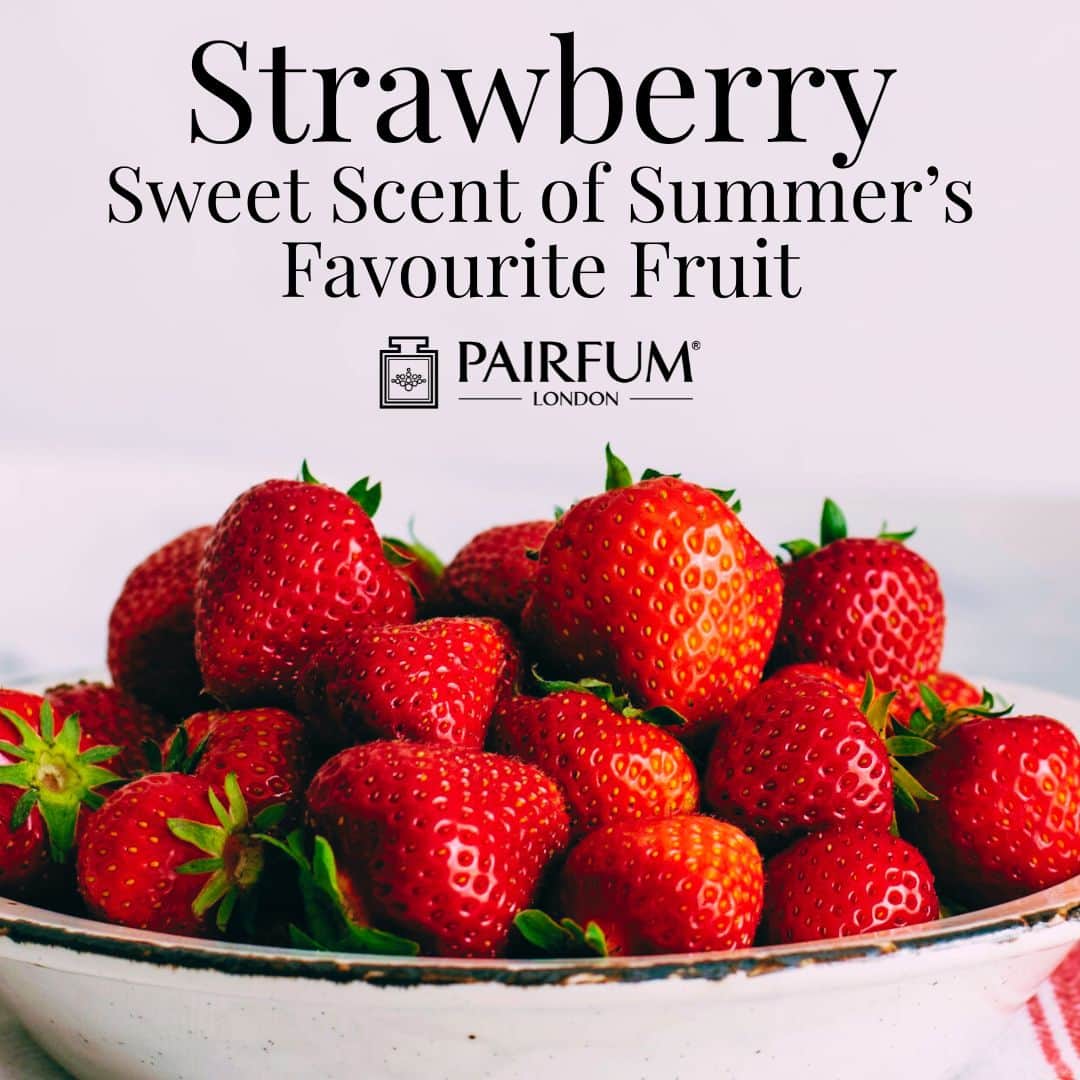Oakmoss holds a rare position in the world of perfumery. It isn’t just another ingredient that perfumers add for complexity. Oakmoss is a quiet anchor, a presence that has shaped perfumes across centuries, from classic styles to contemporary scents.
Its appeal begins with its unmistakable earthy scent. Mossy, damp, woody and textured, it gives perfumes their depth. If top notes sparkle for a moment and mid notes bloom and fade, Oakmoss is what lingers — the part that roots a perfume to memory.
The Rich History of Oakmoss
Oakmoss, known by the botanical name Evernia prunastri, is a lichen that grows across the northern hemisphere. It attaches itself in large clumps to the bark and branches of oak trees, pine trees, and other deciduous trees.
Its habitat stretches from the forests of central Europe and south central Europe to the cooler regions of North America. Remarkably, Oakmoss thrives as far away as New Zealand, where climate and shaded woodland allow the oakmoss thallus to spread across tree surfaces.
Early perfumers discovered Oakmoss centuries ago. They saw that tinctures made from the raw growth gave blends staying power. Later, as the art of fragrance developed in the United Kingdom and Europe, Oakmoss became much more than a curiosity. It evolved into a pivotal ingredient, one that gave perfumes their structure and grounded fleeting oils.

Exploring the Types of Oakmoss
Not all Oakmoss is used in the same way. Perfumers work with several distinct forms:
- European Oakmoss (Evernia prunastri) carries the unmistakable mossy aroma, rich and dark.
- Tree Moss, another lichen, is lighter, less weighty, and more subtle in composition.
- Oakmoss Absolute, produced through solvent extraction, is one of the most valuable absolutes in perfumery, blending with other oils to create intensity.
Each type offers its own profile. Sometimes softness is needed, other times the concentrated richness of Oakmoss Absolute is essential for longevity on the skin. Together these variations show just how adaptable this single ingredient can be.
The Scent and Character of Oakmoss
Ask any perfume lover what Oakmoss smells like and you’ll often hear descriptions of forest walks after rain, damp soil, cool stone and the shaded stillness beneath trees.
The scent is layered:
- fresh and mineral at first, almost leafy,
- settling into a deeply woody mossiness that feels timeless,
- and finally, a rounded base suggesting old leather, resin, smoke and sometimes even the faintest breath of sea air.
It’s this layered character — the living impression of moss, wood, soil and leaf — that makes Oakmoss such a powerful note.

Oakmoss Absolute and Extraction
To access these aromas, Oakmoss is harvested carefully from trees. The lichen is dried, then processed to create Oakmoss Absolute or Oakmoss extract.
The outcome is a thick green-black material packed with distinctive fragrant compounds. When used in perfumes, the absolute blends beautifully with other natural oils. It partners without effort with citrus top notes like bergamot, floral mid sections, and deeper bases of patchouli, sandalwood, amber and musk.
Applied to the skin, Oakmoss makes fragrances last. More importantly, it balances entire accords. For perfumers, it is almost impossible to imagine related products like soaps, eaux de parfum, or fougères retaining their character without Oakmoss as a structural base.
Oakmoss in Chypre and Other Styles
Oakmoss is indispensable in the chypre accord. A chypre fragrance brings together sparkling citrus (most famously bergamot), floral hearts and Oakmoss in the base. The result is harmony: both sharp and rounded, bright yet shadowed. Without Oakmoss, the chypre family of perfumes would never have existed.
It is also essential in fougère, where the freshness of lavender and sweetness of coumarin are deepened by Oakmoss. Together these fragrance styles explain why perfumers have long described Oakmoss as a pivotal ingredient.

Additional Information and Uses
Oakmoss has many lives outside of perfume bottles. In soap, its aroma survives saponification, carrying that mossy‑woody character into everyday life. Certain traditions of aromatherapy also prize it for grounding, linking its mossy presence to feelings of calm and clarity, a reminder of deep nature.
Blended with base oils or paired with related products like balsams and other absolutes, Oakmoss consistently provides stability and resonance. In truth, it is far more than an ingredient. It is the thread that ties different facets together, ensuring that a fragrance lasts in both presence and memory.
Modern Context and Regulation
Modern perfumery has seen some changes in the use of Oakmoss. The oakmoss thallus naturally contains allergens, which led the International Fragrance Association to restrict its use. This doesn’t mean Oakmoss disappeared. Perfumers today employ purified forms of Oakmoss Absolute, compliant Oakmoss extract, or even synthetics like Evernyl to capture the mossy effect.
While opinions differ over whether anything can truly replace raw Oakmoss, it continues to appear in perfumes around the world. In one form or another, this lichen remains as important as ever.

Why Oakmoss Captivates
What keeps Oakmoss relevant to fragrance lovers is its balance of strength and subtlety. On the skin it lingers, offering perfumes remarkable staying power. It allows composition: citrus can shine, florals can bloom, yet the perfume does not collapse into fleeting brightness.
Its mixture of moss, soil, wood and woody shadows reminds us of forests, of trees, shaded pathways, and old landscapes across the northern hemisphere. It connects perfume not only to artistry, but to memory and nature itself. That’s why it continues to delight collectors, perfumers and those who want their scent to feel both timeless and personal.
Personal and Home Oakmoss Fragrances with Pairfum London
Scarlet Rhubarb & Oakmoss – Eau de Parfum by Pairfum London
This bold, floral Chypre fragrance opens with a blend of fresh Tart Rhubarb, Sun-Dried Fruits and Ripe Strawberries. Hints of crisp Apple & Apricot wrap around the warm heart of elegant White Gardenia. The base of Oakmoss and Sensuous Musk provides a rich and lingering drydown.
SPA – Bell Shaped Reed Diffuser by Pairfum London
A beautifully, Aquatic note with Bergamot, Mandarin, Rosemary and fresh Violet Leaves. Radiating from the heart are Sea Salt, White Flowers and Green Tea. The fond vibrates with Woods (Cedar, Patchouli), Amber and Oakmoss.
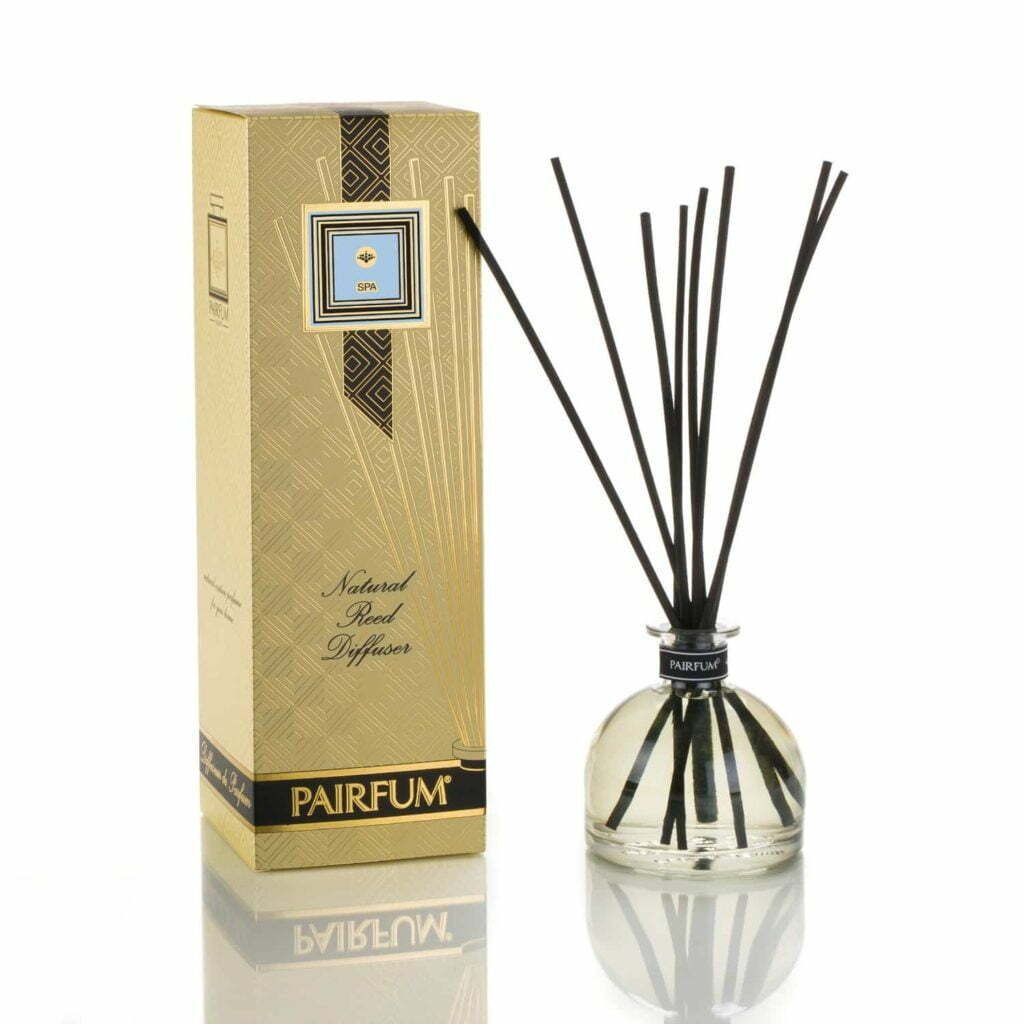
Conclusion
Oakmoss remains one of the cornerstones of perfumery. From its growth as Evernia prunastri, clinging in large clumps to the bark of trees from central Europe and south central Europe to North America and as far as New Zealand, through its transformation into Oakmoss Absolute and Oakmoss extract, it continues to define what a fragrance can be.
It anchors the chypre accord, deepens fougères, lasts in soap, steadies accords with patchouli, sandalwood, amber and musk, and finds even further life in aromatherapy. Few ingredients demonstrate this much versatility, cultural history, or sheer olfactory power.
Oakmoss is proof that even the smallest lichen clinging to a tree can change the course of fragrance history. It elevated perfumes into long‑lasting works of craft. And it continues to ground them, every time its mossy, earthy scent lingers on the skin.


